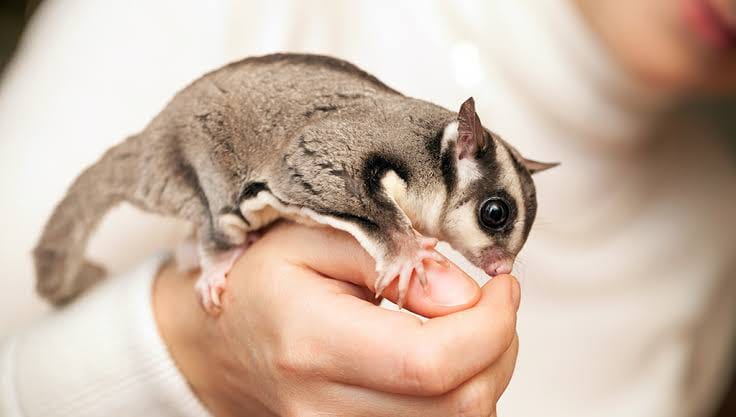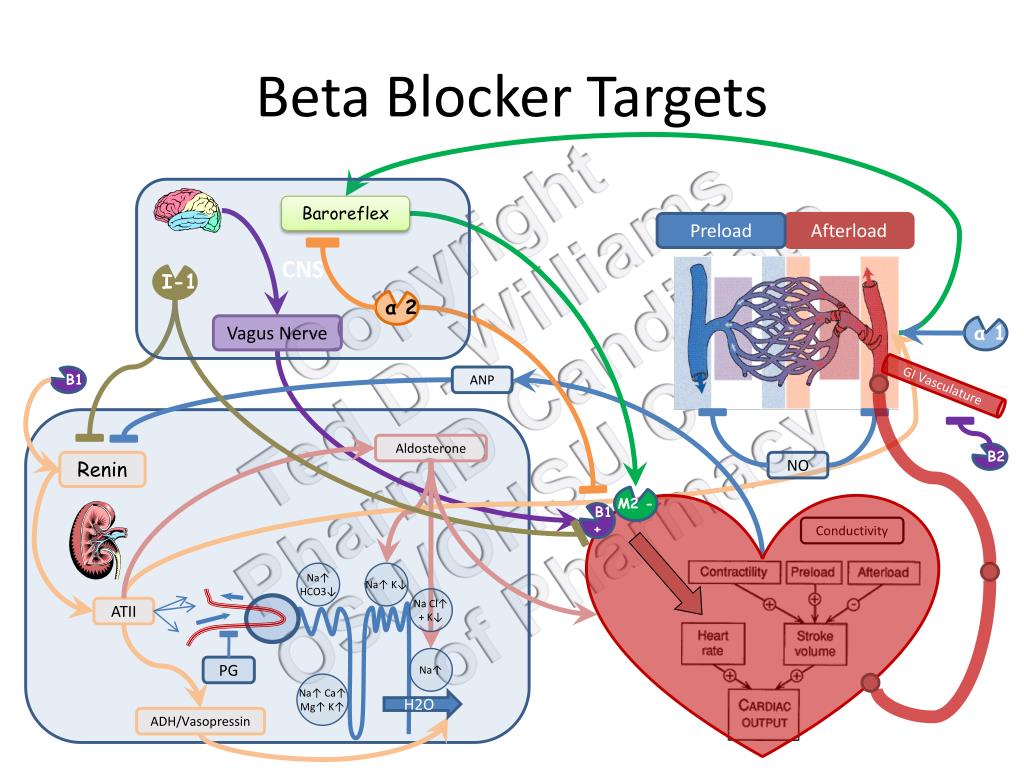The Joys and Challenges of Sugar Glider

Understanding Sugar Glider Behavior
Sugar gliders are fascinating creatures that make great companions, but understanding their behavior is crucial to building a strong bond with them. In this section, we'll delve into the intricacies of sugar glider behavior, exploring their social nature, bonding habits, activity patterns, and communication methods.
Social Marsupials Thrive on Interaction
Sugar gliders are social animals that thrive on interaction and companionship. In the wild, they live in colonies, and this social structure is deeply ingrained in their nature. As pets, they require regular interaction with their owners and can become stressed if left alone for extended periods.
The Bond Between Sugar Gliders and Their Owners
Sugar gliders have a strong bond with their owners, which is built on trust, affection, and interaction. They are known to form a strong attachment to their primary caregiver, and this bond can last a lifetime. However, this bond requires regular nurturing through playtime, handling, and socialization.
Nocturnal Nature: Understanding Their Activity Patterns
Unlike humans, sugar gliders are nocturnal, meaning they sleep during the day and are active at night. This natural behavior is a result of their evolution in the wild, where they foraged for food under the cover of darkness. As pets, they may adjust to their owner's schedule, but they still require plenty of attention and playtime in the evenings.
Deciphering Their Communication System
Sugar gliders have a unique communication system that includes vocalizations, scent marking, and body language. They use a range of sounds, from chirps to barks, to convey emotions and needs. They also use scent marking to communicate with other sugar gliders and even with their owners. By understanding these cues, owners can build a deeper connection with their pets and respond to their needs more effectively.
The Pros and Cons of Keeping Sugar Gliders as Pets
Pros:
- Affectionate: Sugar gliders are known for their affectionate nature and bond strongly with their owners.
- Social: They are highly social animals that thrive in the company of their human family and other sugar gliders.
- Intelligent: Sugar gliders are highly intelligent and can be trained to perform tricks and interact with their environment.
- Relatively small: Sugar gliders are small, nocturnal marsupials native to Australia, making them a great pet option for those with limited space.
Cons:
- Require specialized care: Sugar gliders require a specialized diet, a large cage with adequate ventilation, and regular social interaction.
- Can be noisy: Sugar gliders are nocturnal, which means they can be active and noisy at night, potentially disrupting their owner's sleep.
- Specific dietary needs: Sugar gliders have specific dietary requirements, including a balanced diet of protein, fruits, and vegetables, which can be challenging to manage.
Additional Considerations:
- Attention and interaction: Sugar gliders require a lot of attention and interaction, which can be challenging for busy owners who may not have enough time to devote to their pets.
- Health issues: If not properly cared for, sugar gliders are prone to health issues such as respiratory problems, nutritional deficiencies, and behavioral problems.
Creating a Suitable Environment for Your Sugar Glider
A Safe and Comfortable Space
Providing a spacious cage with adequate ventilation and temperature control is crucial for your sugar glider's health and happiness. The cage should be large enough for your pet to move around, stretch, and exercise comfortably. A minimum size of 2x3x4 feet (60x90x120 cm) is recommended, with horizontal space being more important than vertical. Ensure proper ventilation to prevent ammonia buildup and maintain a temperature range of 75-85°F (24-29°C) to simulate their natural environment.
Nutritious Dining
Offer a balanced diet that includes a mix of protein, fruits, and vegetables. A commercial sugar glider food mix can serve as the main staple, supplemented with a variety of fresh foods daily. Some recommended options include leafy greens, carrots, apples, and hard-boiled eggs. Avoid giving them foods high in sugar, fat, or salt, and ensure access to fresh water at all times.
Stimulation and Exercise
Include toys and accessories that promote exercise and mental stimulation, such as:
- Tunnels and tents for hiding and playing
- Swings and ladders for climbing and exploring
- Chew toys and untreated wood for gnawing
- Puzzle toys filled with treats for problem-solving
Cleanliness and Hygiene
Ensure proper hygiene and cleaning of the cage to prevent health issues. Clean the cage at least once a week, replacing bedding, cleaning food and water dishes, and disinfecting any surfaces with a pet-safe cleaning solution. Remove soiled bedding and droppings daily to maintain a clean environment.
The Importance of Bonding with Your Sugar Glider
Bonding with your sugar glider is crucial for building a strong and healthy relationship. Here are some key points to consider:
Spend Quality Time with Your Sugar Glider
Spending quality time with your sugar glider, including handling and playtime, helps to establish trust and strengthens your bond. Make time each day to interact with your sugar glider, whether it's playing with toys or simply cuddling.
Establish a Routine
Establishing a routine that includes regular interaction and feeding times helps your sugar glider feel secure and develop a sense of trust. A consistent routine also helps to reduce stress and anxiety.
Be Patient and Gentle
Be patient and gentle when handling your sugar glider, as they can be skittish and may take time to adjust to new surroundings and handling. Move slowly and carefully, and avoid sudden movements that may frighten your sugar glider.
Provide a Companion
Provide a companion sugar glider if possible, as they are social animals that thrive in the company of others. Keeping two sugar gliders together can help to reduce boredom, stress, and loneliness.


:max_bytes(150000):strip_icc()/dog-treats-glass-storage-container-3f5d7e36-81df4011d844459c9272c9c8404bc38d.jpg)

.jpg)










Comments ()